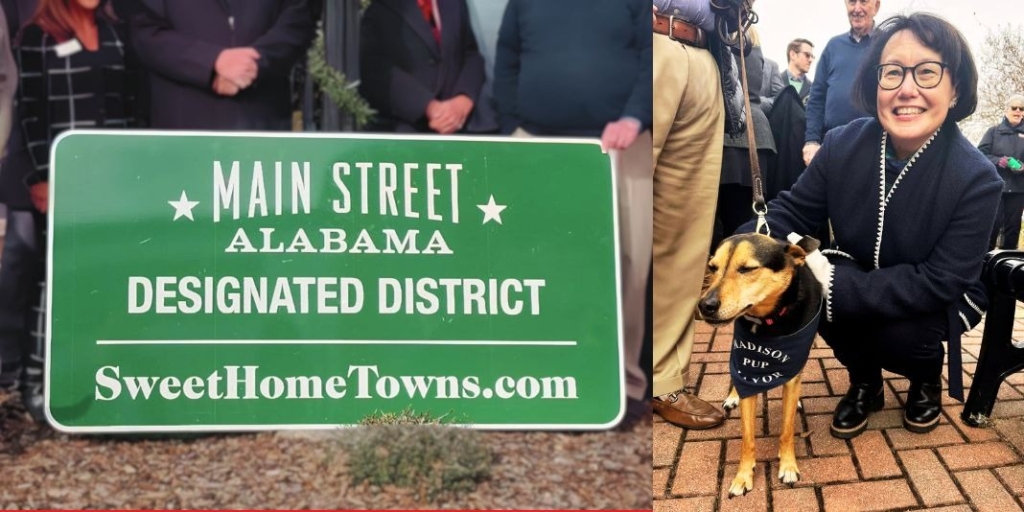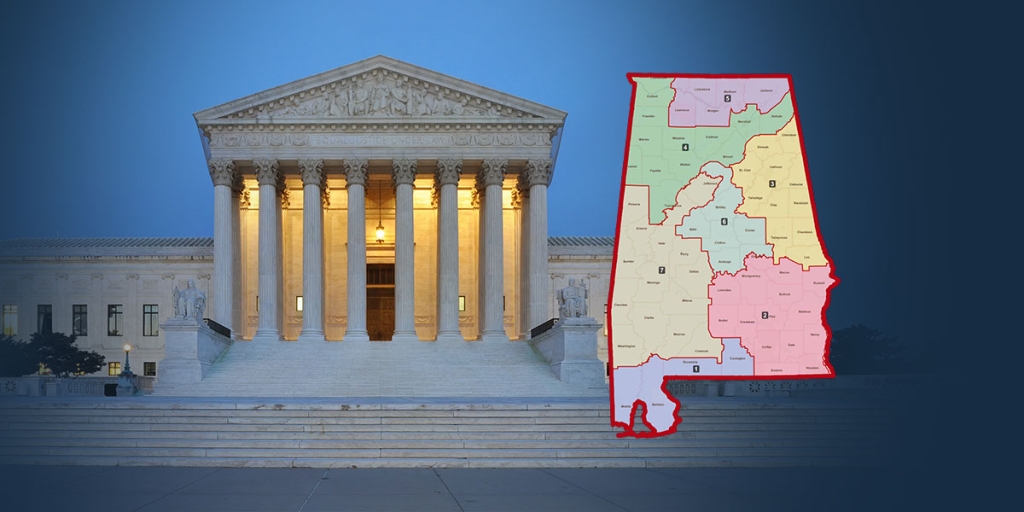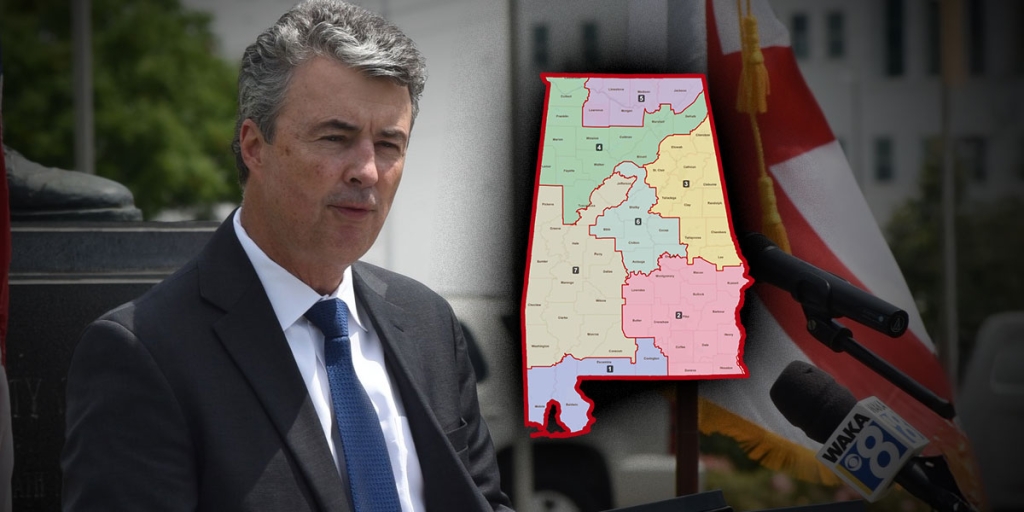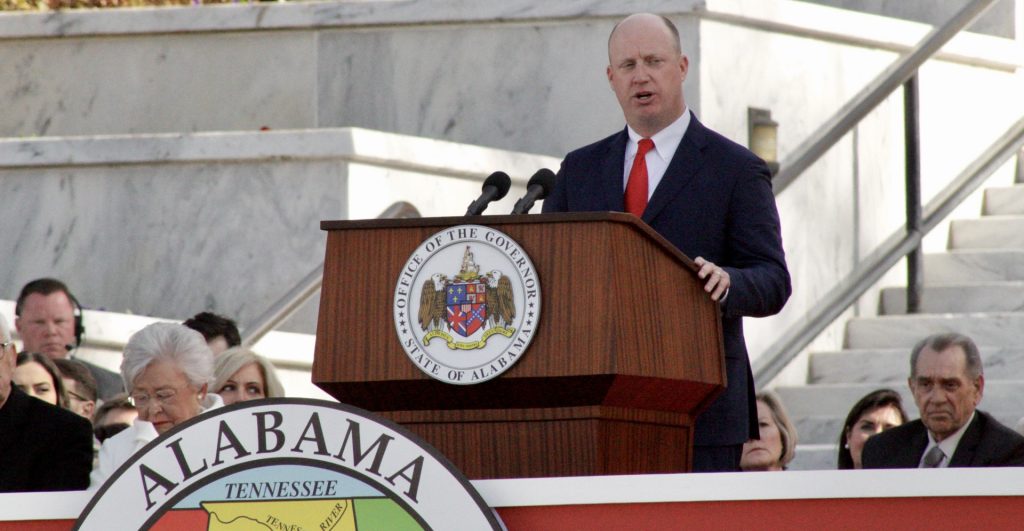
WASHINGTON — The Supreme Court of the United States, in a 5-4 decision Wednesday morning, sent the Alabama legislative district map back down to the Federal Court for further review.
The Supreme Court did not make a ruling in Alabama Legislative Black Caucus v. Alabama saying the map was wrong or right, instead SCOTUS said that state did not ask the correct questions when drawing the map.
“They asked how to maintain the present minority percentages in majority-minority districts, instead of asking the extent to which they must preserve existing minority percentages in order to maintain the minority’s present ability to elect the candidate of its choice,” the majority opinion wrote. “Because asking the wrong question may well have led to the wrong answer, the Court cannot accept the District Court’s conclusion.”
The state redrew the legislative maps (one each for the Alabama Senate and House) in 2012 following the 2010 Census.
The case was brought by black office holders in Alabama who alleged that the state “packed” minority voters into districts to maintain “majority-minority” districts, but reduced their influence in other districts.
The Republican crafters of the maps countered that they were following guidelines established by the Voting Rights Act and the Equal Protection Clause of the Constitution by ensuring that there were an adequate number of majority-minority districts.
Alabama, whose racial makeup is reflected proportionally in the state legislature, gained one black member of the state legislature in 2014 over the number that were elected in 2010.
In its analysis of the decision, the Washington Post wrote, “The court’s jurisprudence on when race can be used in drawing legislative districts is complex and at times contradictory. And more than one justice pointed out during oral arguments that minority voters used to come to the court to demand that legislatures specifically use race in order to ensure that blacks and Hispanics be represented in government.”
What this means for Alabama in the short term:
1. This is not over, the case has been remanded to the federal district court in Alabama where it will be reconsidered by a three-judge panel.
2. There almost certainly will not have to be new elections this year.
What this means for Alabama in the long term:
1. It is as of yet unclear when the District Court for the Middle District of Alabama will take up the decision again. A new three-judge panel will be selected and the case will be reheard.
2. If the District Court finds that the reapportionment is egregious, it could mean that Alabama would need to redraw a legislative map and hold new elections.
This story is breaking and will be updated.
Like this article? Hate it? Follow me and let me know how you feel on Twitter!
— Elizabeth BeShears (@LizEBeesh) January 21, 2015











